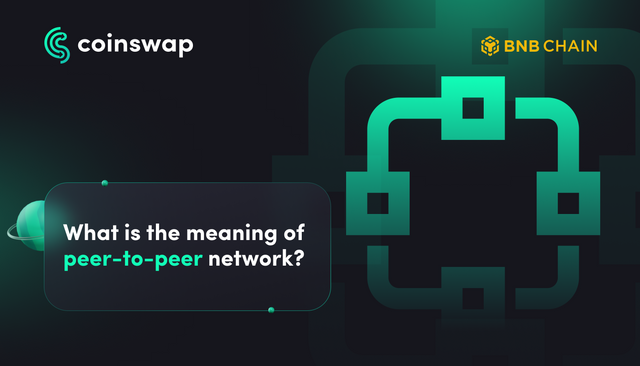Unraveling the Magic of Peer-to-Peer Networks

Peer-to-peer (P2P) networks have become a cornerstone of modern digital communication, revolutionizing how we share information and resources globally. But what exactly is a peer-to-peer network, and how does it work? Let's dive into the fascinating world of P2P networks and explore their inner workings. 🚀
At its core, a peer-to-peer network is a decentralized network architecture where participants, or "peers," communicate and share resources directly, without needing a central server. This means that each node in the network can act as both a client and a server, enabling efficient and resilient data transmission.
One of the key features of P2P networks is their distributed nature. Unlike traditional client-server models, where a central server handles all requests and data distribution, P2P networks rely on the collective power of individual nodes to share resources. This decentralized approach enhances scalability and fault tolerance and reduces the risk of single points of failure.
But how do peer-to-peer networks function? Imagine a digital ecosystem where every participant has equal standing, like a vast web of interconnected nodes. When a user wants to share a file or access a resource, they connect to the network and request the desired content from other peers. These requests propagate through the network, and nodes that have the requested data can respond directly to the user, enabling fast and efficient data exchange.
One of the most well-known applications of peer-to-peer networks is file sharing. Platforms like BitTorrent and eMule use P2P technology to allow users to share and download files directly from other users' devices. By leveraging the collective bandwidth and storage of participants, P2P file-sharing networks can distribute large files quickly and efficiently, without relying on centralized servers.
In addition to file sharing, peer-to-peer networks have found applications in various other domains, including communication, content delivery, and cryptocurrency. Platforms like Skype and Zoom use P2P technology to facilitate real-time communication between users, while blockchain networks like Bitcoin and Ethereum rely on P2P protocols to validate transactions and maintain consensus.
In conclusion, peer-to-peer networks represent a groundbreaking paradigm shift in the realm of digital communication and resource sharing. By decentralizing control and empowering individual nodes, P2P networks offer a resilient, efficient, and democratic alternative to traditional centralized architectures. As technology continues to evolve, peer-to-peer networks will undoubtedly play a pivotal role in shaping the future of digital connectivity. 🌟🔗